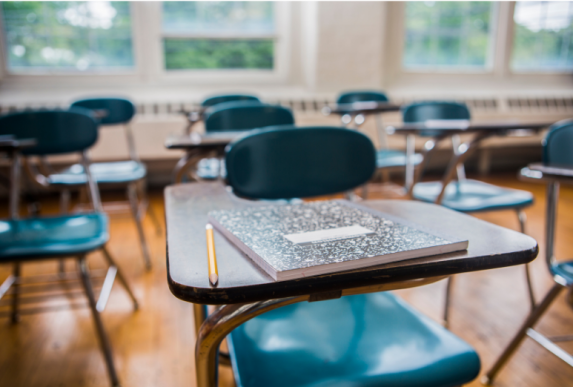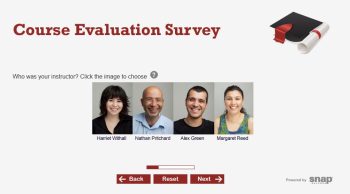The importance of keeping track of students’ educational, physical, and emotional needs in this new and uncertain environment.
In these challenging times, it is more important than ever for school administrations to keep track of detailed student feedback. This feedback is used to monitor and make informed decisions about student safety in the classroom, student challenges – physically and emotionally, and focus on creating an environment where students feel well supported throughout the new school year.
In schools and colleges across the country, administration have gathered student feedback prior to returning to schools to generate and put new strategies into action to ensure everyone feels safe and supported as they return to school and adjust to a new school routine. Many schools have developed plans to reopen schools as safely as possible for in-person classes. Some educational institutions have opted to focus on remote or hybrid forms of virtual learning (combined in-class and online schedule). Plans for returning to schools may vary from institution to institution, but the importance of gathering continuous student feedback throughout the school year should be a priority for all options.
School administrations must take a proactive approach to student feedback. A Student Check-in Survey should be administered across the entire student population, across all learning styles, as this new way of learning is constantly changing and evolving. It’s important to assess their feelings and needs, and take the proper actions to continuously support those students.
What questions should be asked in a classroom-based Student Check-in Survey?
Get a better understanding of how classroom-based students are doing in their new in-person classroom routine. You can use these survey questions or add or eliminate questions as you see fit for your students. Try to gather feedback weekly or even daily. Gather feedback about the experiences your students are currently facing to keep on top of evolving changes and needs in this challenging time.
It’s important to regularly check how students are doing emotionally. If a student is showing some emotional challenges, their needs should be addressed through the help and support of administration, teachers, and parents. Questions to ask include:
1. How are you feeling today?
2. How comfortable are you with in-person classes?
3. What have you enjoyed most about returning to school?
4. What have you enjoyed least about returning to school?
5. What concerns do you have that might limit your ability to engage in in-class learning activities over the next few weeks?
This new environment comes with some new physical challenges such as social distancing and keeping a healthy, safe environment.
6. How comfortable are you with wearing a mask?
7. Do you feel you have been able to manage a safe social distance from staff and students?
8. Do you feel the school is doing a good job at maintaining a healthy environment?
9. Do you have ideas on what the school could do to increase better health measures?
Because of the nature of this uncertain time in our lives, there may come a time to switch to remote learning. In some circumstances, that need may be immediate. Although these questions do not need to be asked weekly, it’s important to have an understanding of which students may need more guidance and assistance with remote learning access and learning abilities.
Learning from home can come with its own challenges. For example, during this time, a student may have to care for a sick family member, or have to share computer access with someone else in the household. In addition, not all students learn the same way, so access to technology and learning materials may need to vary from student to student. Alternative remote learning methods will need to be available.
10. What is your preferred method for virtual remote learning? (e.g online class, downloadable packets, printed packets)
11. Do you have access to a device (e.g. PC, laptop, iPad, Chrome book)?
12. Do you have access to an internet connection?
In closing the survey, try to gather some open, candid feedback from students. Ensure that students’ answers will only be seen my administration and teachers.
13. Do you have any questions about school or life in general?
14. What can we do to better support you?
Thank you for reading. Good luck to a healthy and safe new school year!



